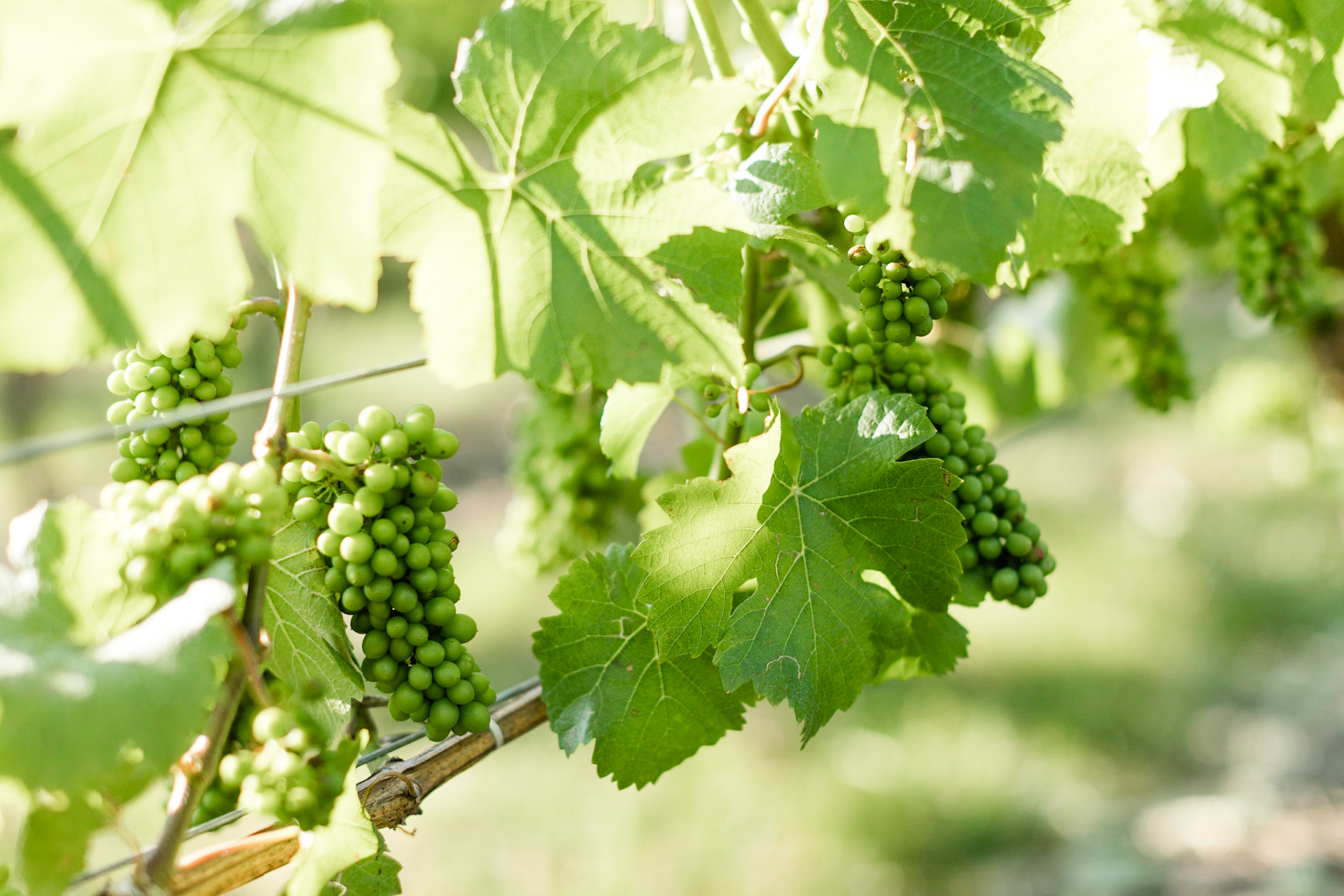Niagara Peninsula
CREEK
SHORES
Sub-Appellation STATS
2021-22 Annual
Production (9L Cases)
Growing
Degree Days
Number of
Wineries
Number of
Appellation Wines
Common Varieties Gamay Noir Cabernet Franc Chardonnay Riesling
Appellation OVERVIEW
Creek Shores is rich in waterways and with Lake Ontario to the north, Twelve Mile Creek to the east, Twenty Mile Creek and Jordan Harbour to the west, is almost entirely surrounded by water. Temperatures are well moderated with gradual spring warming and bud break.
Crisscrossed with creeks and STREAMS, glacial DELTA, rich fertile LANDS
Most vineyards are located on the rich fertile lowlands above the active floodplain, where the former riverbeds of the Fifteen Mile, Sixteen Mile and Twenty Mile Creeks widen, and receive maximum exposure to sunlight.
Characteristics
TOPOGRAPHY
The gentle topography of this area decreases gradually in elevation northward to the lake, providing drainage of spring runoff through the streams and their tributaries that mark the landscape. In summer and winter, the moderating winds crossing Lake Ontario reach through to the southern limit of the appellation at the foot of the Niagara Escarpment.
Lake Ontario and the smaller, deep water bodies in the area, such as Martindale Pond, Sixteen Mile Pond and Jordan Harbour, usually remain cool and calm through the summer, using that stored heat to moderate fall temperatures across the appellation.
SOIL
The Lake Iroquois Plain has a complex sedimentary history and the surface and sub-surface soils of this appellation display great diversity over short distances. These sedimentary soils – deposited from activity of glaciers and historic lakes and streams - are laid over the Queenston Shale formation. The numerous streams flowing through this sub-appellation have produced a highly dissected landscape, with well-drained lighter soils, perfect for grape-growing, distributed in several long, narrow bands oriented north-south in the general direction of stream flow. Interspersed are several patches of loamy soils that are thick, porous and allow deep root penetration by vines. In the south, where vineyards are most prevalent, the soils show the striking colours of red, yellow and olive clays.
Produced by and shared with permission from the Wine Marketing Association of Ontario/VQA Wines of Ontario.
CLIMATE
The entire appellation is within 5 kilometres of Lake Ontario and its waters even out the season, providing moderation during the warm and sudden cooling days of the growing season. The appellation warms slowly in April and May due to lake breezes and cool north winds, with warm summer temperatures coming in June and peaking by the end of July. The growing season extends well into the first half of October. The gentle topography provides reliable sun exposure from early-morning to late-evening and contributes to the heat available to promote fully ripe grapes.
Notable Features
The complex glacial soils of the Lake Iroquois Plains and lots of unobstructed sunlight define the terroir of Creek Shores and contribute to concentrated, full bodied wines.
Wine personalities
Creek Shores, with its complex clays and glacial sediments, produces full bodied wine with earthy influences and a rich mouthfeel.
Chardonnays deliver classic character with concentrated fruit and a soft edge on the finish.
Cabernet Sauvignons from this appellation show intense black fruits, herbal influences along with firm tannins.
Sauvignon Blanc is also grown here, with ripe tropical fruits laid over a backbone of clean acidity.

Appellation
NIAGARA PENINSULA
Situated at approximately N43° latitude this prime and diverse appellation is characterized by rich, fertile soils and unique meso climates, which provide ideal conditions for producing wine grapes with more complexity and intense flavour than in many warmer climates.



